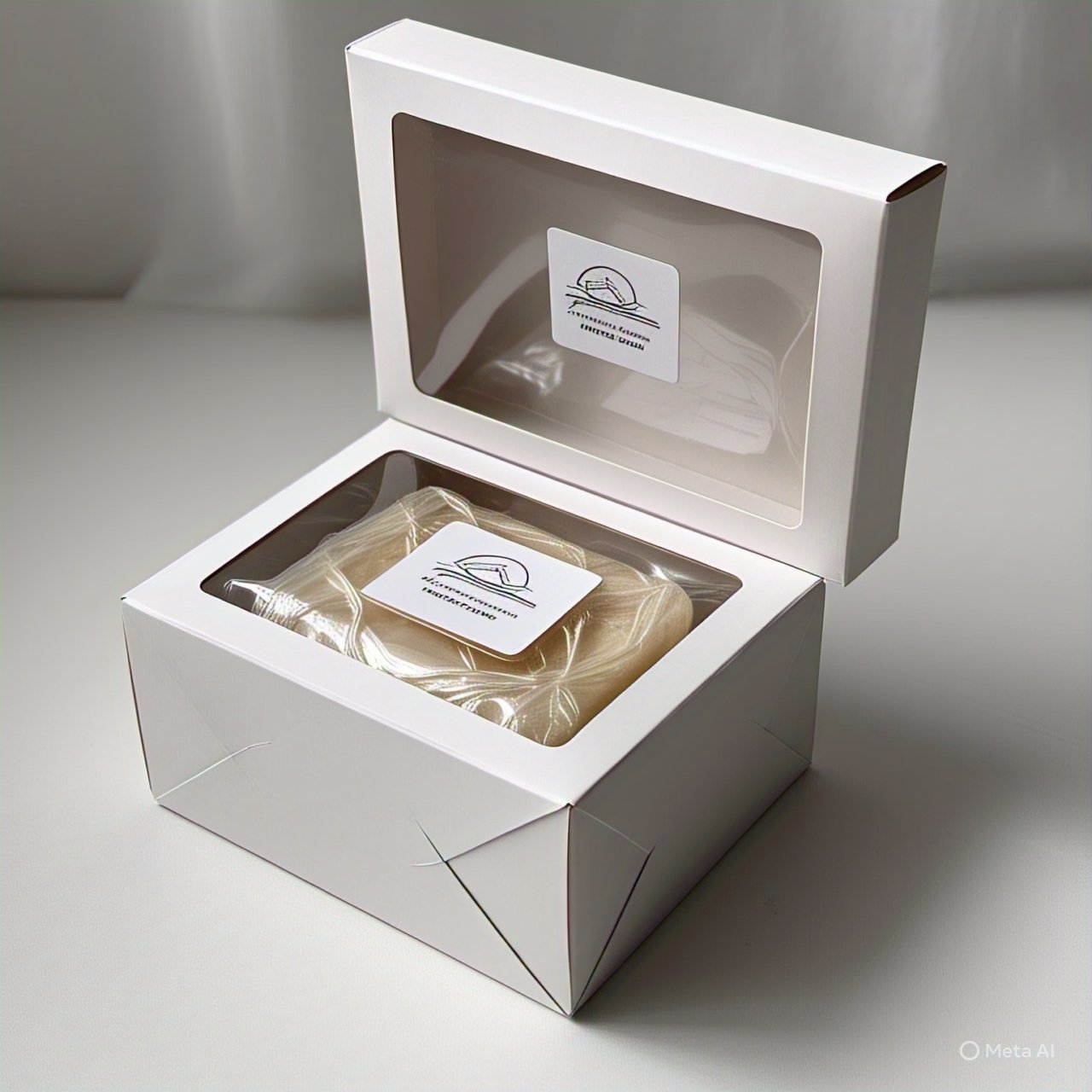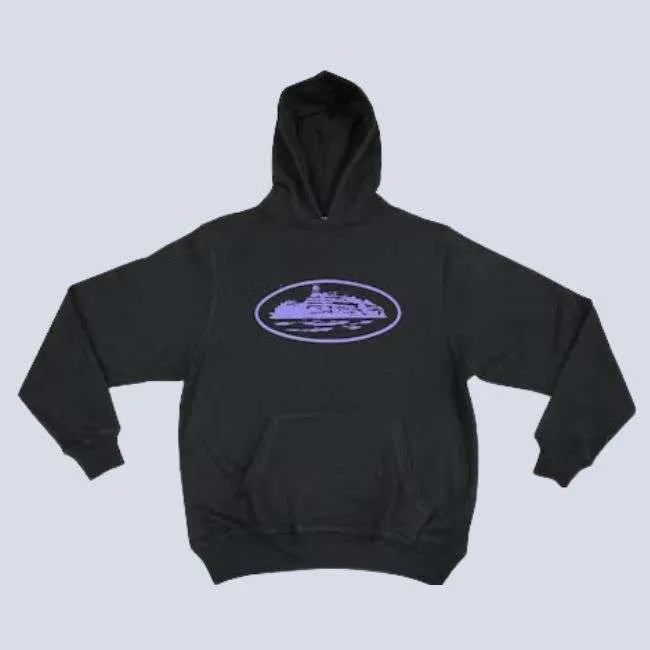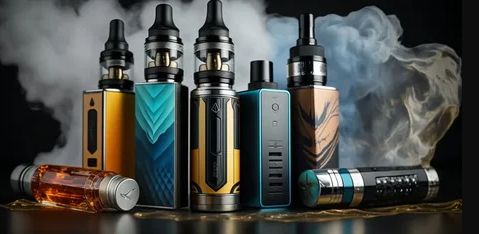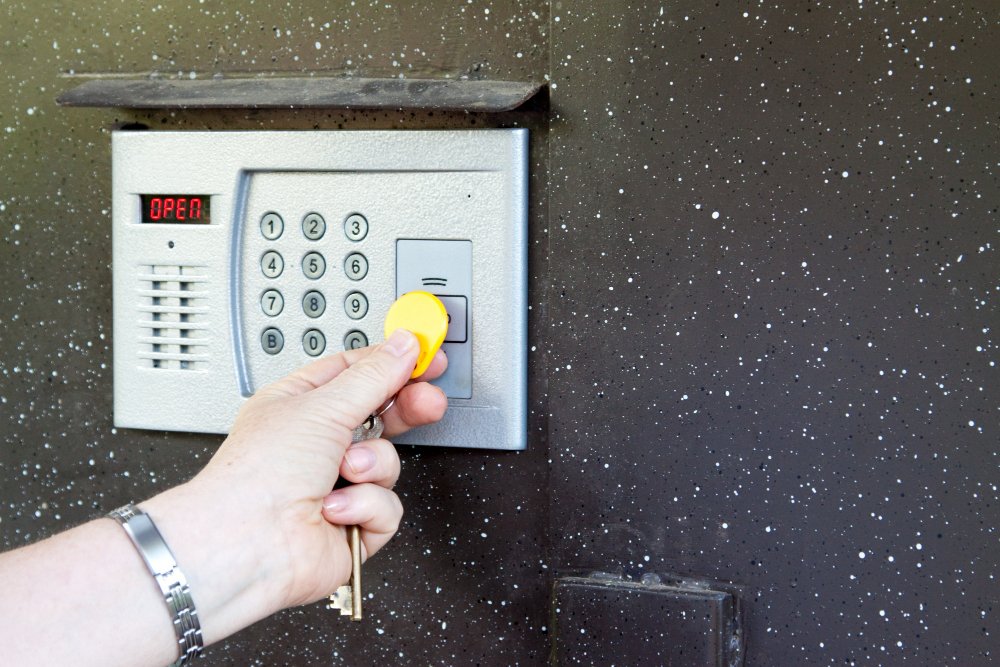In today’s saturated personal care market, custom soap boxes do more than just hold your product — they build your brand, attract buyers, and communicate your values. With the growing demand for handmade, organic, and specialty soaps, the need for standout packaging is greater than ever.
Whether you’re a new brand launching your first product or a seasoned soap maker rebranding your line, understanding how to design effective, stylish, and functional soap boxes is essential.
Here’s a comprehensive guide to help you design custom soap boxes that make a lasting impression.
1. Define Your Brand Identity
Before jumping into design elements like fonts and colors, take a step back and define your brand identity. Ask yourself:
- Who is your target audience?
- What values does your brand stand for (e.g., sustainability, luxury, affordability)?
- What emotions should your packaging evoke?
Your soap box should reflect the soul of your brand. For instance:
- An eco-friendly soap brand might use Kraft paperboard with earthy tones.
- A luxury soap brand might lean into metallic foils and minimalistic design.
- A fun, youthful brand might incorporate bright colors and quirky illustrations.
Your packaging is often the first point of contact between your product and the customer — make it count.
2. Choose the Right Box Style
Custom soap boxes come in various shapes and structures, each serving a different purpose.
Popular box styles include:
- Straight Tuck End (STE): A standard, cost-effective folding box.
- Reverse Tuck End (RTE): Similar to STE but with opposite tuck directions for added security.
- Sleeve Box: A tray and sleeve that offers premium appeal.
- Window Cut Box: Includes a transparent window to show the soap inside.
- Two-Piece Rigid Box: Ideal for gifting and high-end soaps.
Choose a box style based on the look you’re going for, how your soap will be displayed, and whether it needs ventilation (important for handmade or scented soaps).
3. Select Durable and Eco-Friendly Materials
Soap can be affected by external elements like moisture and air. Choose packaging materials that are:
- Moisture-resistant
- Biodegradable or recyclable
- Sturdy enough to protect the soap during shipping and handling
Common materials for soap packaging:
- Kraft paperboard (eco-friendly and rustic)
- Corrugated cardboard (durable and shipping-safe)
- Rigid board (luxurious and protective)
- Recycled paper (sustainable and affordable)
Bonus tip: Look for FSC-certified materials if sustainability is a core brand value.
4. Design Eye-Catching Visuals
Now comes the creative part — the visual design. Your box design should be:
- Brand-consistent
- Visually appealing
- Easy to read
- Retail-shelf competitive
Key elements to focus on:
- Logo placement: Make it visible and prominent.
- Typography: Use clean, legible fonts. Mix serif and sans-serif for balance.
- Color palette: Choose colors that reflect your brand mood and product type.
- Imagery: Include illustrations or textures that reflect ingredients, usage, or brand story.
- Negative space: Don’t overcrowd your box. Clean designs often look more high-end.
Design tools like Adobe Illustrator or Canva, or hiring a professional designer, can help create pixel-perfect results.
5. Include Essential Information
Aside from looking good, your soap box must be informative and compliant with labeling laws.
Be sure to include:
- Soap name or product line
- Net weight
- Ingredients
- Manufacturer or brand info
- Usage instructions (if needed)
- Certifications (e.g., USDA Organic, Cruelty-Free)
- Barcode/UPC (for retail sales)
This helps build trust and ensures your product meets industry standards.
6. Consider Custom Finishing Options
To make your soap packaging pop, consider adding premium finishing techniques like:
- Foil stamping – Adds a metallic shimmer, often used for luxury branding.
- Spot UV coating – Highlights specific design elements with a glossy finish.
- Embossing/Debossing – Creates tactile texture on logos or patterns.
- Soft-touch lamination – Gives your box a velvety, luxurious feel.
- Die-cut windows – Shows the actual soap while maintaining protection.
These enhancements improve perceived value and elevate your packaging from basic to boutique.
7. Think About Functionality and User Experience
While design matters, so does usability. A beautiful soap box that’s hard to open or doesn’t protect the product isn’t effective.
Ask yourself:
- Is the box easy to open and reseal?
- Does it hold the soap snugly without extra fillers?
- Is it suitable for in-store display and eCommerce shipping?
Testing prototypes and gathering feedback from users or retailers can be invaluable before final production.
8. Align with Sustainability Trends
Today’s customers are more eco-conscious than ever. Brands that showcase environmental responsibility gain more trust and loyalty.
Here are some sustainable choices:
- Use soy- or vegetable-based inks
- Choose recycled or biodegradable materials
- Avoid plastic lamination or wrapping
- Include a sustainability message on the packaging
If your soap is handmade or organic, eco-friendly packaging isn’t just a good idea — it’s expected.
9. Partner with a Reliable Packaging Supplier
Once your design is finalized, it’s time to find the right packaging partner. Look for:
- Customization capabilities
- Low minimum order quantities (MOQs) if you’re a small business
- Fast turnaround and shipping
- Eco-friendly material options
- Positive customer reviews
Some popular packaging suppliers for custom soap boxes include:
- Best Product Packaging – Great for fully customized, eco-conscious solutions
- Refine Packaging
- PakFactory
- The Custom Boxes
- Packlane (great for small-batch orders)
Make sure to ask for samples and request dielines before printing your design.
Final Thoughts
Your custom soap boxes aren’t just containers — they’re marketing tools, brand ambassadors, and customer touchpoints. When thoughtfully designed, they help you stand out on store shelves, protect your product, and build lasting brand recognition.












Leave a Reply